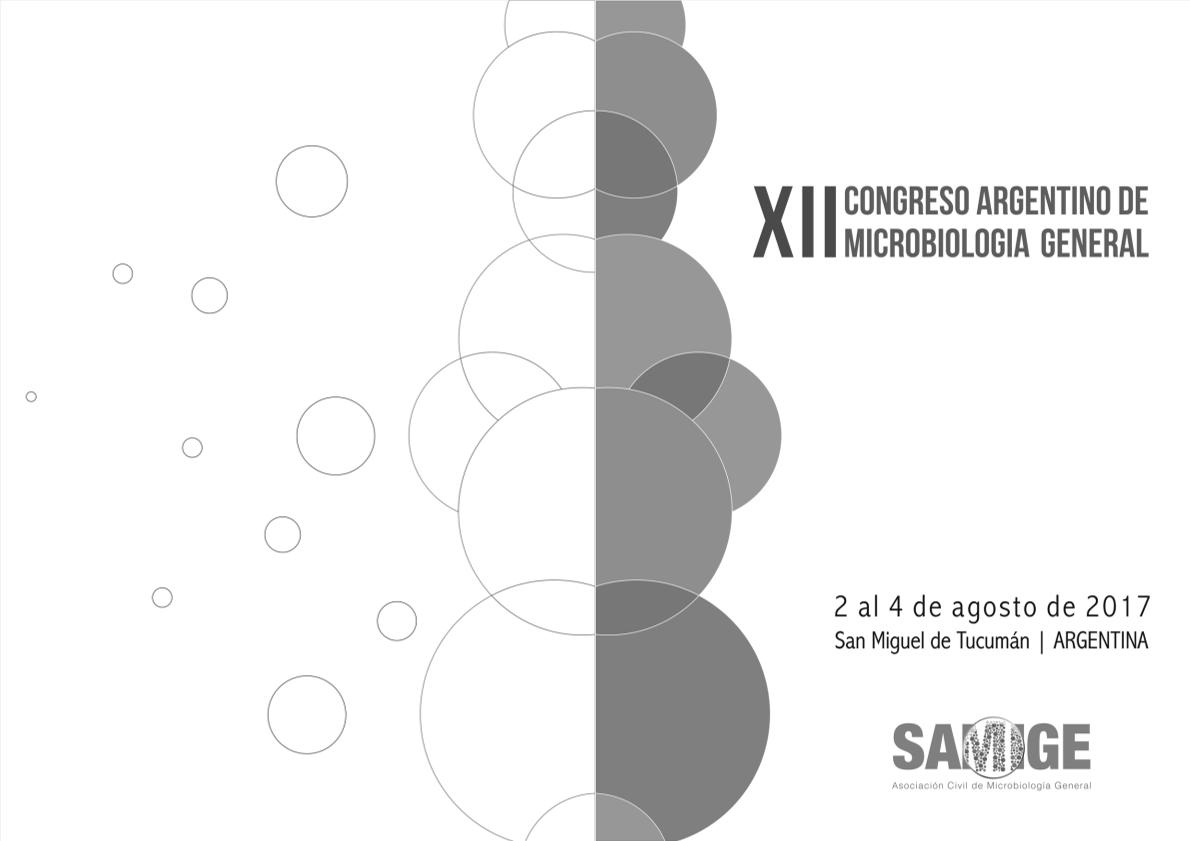Mostrar el registro sencillo del ítem
dc.contributor.author
Peralta, Mariana Andrea

dc.contributor.author
Cabrera, Jose Luis

dc.contributor.author
Paraje, María Gabriela

dc.date.available
2024-01-16T13:23:19Z
dc.date.issued
2017
dc.identifier.citation
Antibiofilm combination of usnic acid with fluconazole on resistant Candida albicans; XII Congreso Argentino de Microbiología General; San Miguel de Tucumán; Argentina; 2017; 150-150
dc.identifier.uri
http://hdl.handle.net/11336/223759
dc.description.abstract
Treatment of Candida infections is often difficult due to, between others factors, the ability of Candida species to form biofilms. These highly resistant structures exhibit resistance to a variety of antifungalagents with clinical use. Therefore, combining them with compounds obtained from natural sourcesseems to be one of the strategies in order to restore the sensitivity of the microorganism to conventional antifungals such as azole drugs. In previous works, we reported inhibitory activity ofusnic acid (UA), a natural compound obtained from lichens, against azole-resistant Candida albicansbiofilm. The biofilms inhibitory concentration (BIC) was 4 mg/ml compared to fluconazole (FLZ, BIC, 2mg/ml) with inhibitions percentages of about 70%. The present study investigated the sensitization (restoring the sensitivity of the microorganism to azoledrugs used in the clinic) of azole-resistant C. albicans biofilms to FLZ by combining it with an activecompound (UA) obtained from Argentinean native flora (Usnea amblyclada). Compound: UA was purified from the benzene extract of lichen U. amblyoclada. Microorganisms: An azole-resistant strain of C. albicans isolated from the oral cavity (RCa) that over expresses efflux transporters genes of type CDR1, CDR2 and MDR1 was used. Biofilm formation was measured by adhesion to a 96-well plate and quantified by Crystal Violet (CV) staining and spectrophotometric reading of Optical Density (OD) at 595 nm. The biofilm biomass unit(BBU) was defined as 0.1DO595nm = 1UBB. For antifungal activity determination different concentrations of UA (1 to 4 mg/ml) dissolved in dimethylsulfoxide (DMSO), FLZ (0.5 to 2 mg/ml) or their combinations were added to each well containing the mature biofilm and incubated at 37 °C for 48h. The counts of Colony Forming Units (CFU/ml) wereperformed for BBU correlation studies. Scanning Confocal Laser Microscopy (SCLM): the samples were stained with Calcofluor White (0.05%v/v). UA and FLZ combined at concentrations four-fold lower than their BICs had a greater inhibitory effecton biofilms. In fact, the combination of UA (1 mg/ml) and FLZ (0.5 mg/ml) achieved an inhibition of 79,82% while UA and FLZ combined at 1 mg/ml and 0.5 mg/ml respectively, almost eradicated de mature biofilm with an inhibition of 97.69% (* p < 0.01). Analysis by SCLM showed a considerable decrease in biomass of biofilms treated with thecombination of UA (1 mg/ml) and FLZ (0.5 mg/ml), compared to untreated RCa biofilms (* p < 0.01).These results suggest that the combination of UA with FLZ effect enhanced the activity of FLZ in thetreatment of azole-resistant of C. albicans biofilms. This promising action would imply an improvementof the therapeutics due to the decrease of the concentrations used of antifungal drugs.
dc.format
application/pdf
dc.language.iso
eng
dc.publisher
Asociación Civil de Microbiología General
dc.rights
info:eu-repo/semantics/openAccess
dc.rights.uri
https://creativecommons.org/licenses/by-nc-sa/2.5/ar/
dc.subject
ANTIBIOFILM
dc.subject
FLUCONAZOLE
dc.subject
USNIC ACID
dc.subject
CANDIDA ALBICANS
dc.subject.classification
Biología Celular, Microbiología

dc.subject.classification
Ciencias Biológicas

dc.subject.classification
CIENCIAS NATURALES Y EXACTAS

dc.title
Antibiofilm combination of usnic acid with fluconazole on resistant Candida albicans
dc.type
info:eu-repo/semantics/publishedVersion
dc.type
info:eu-repo/semantics/conferenceObject
dc.type
info:ar-repo/semantics/documento de conferencia
dc.date.updated
2023-01-30T17:22:58Z
dc.journal.pagination
150-150
dc.journal.pais
Argelia

dc.journal.ciudad
Tucumán
dc.description.fil
Fil: Peralta, Mariana Andrea. Consejo Nacional de Investigaciones Científicas y Técnicas. Centro Científico Tecnológico Conicet - Córdoba. Instituto Multidisciplinario de Biología Vegetal. Universidad Nacional de Córdoba. Facultad de Ciencias Exactas Físicas y Naturales. Instituto Multidisciplinario de Biología Vegetal; Argentina. Universidad Nacional de Córdoba. Facultad de Ciencias Químicas; Argentina
dc.description.fil
Fil: Cabrera, Jose Luis. Consejo Nacional de Investigaciones Científicas y Técnicas. Centro Científico Tecnológico Conicet - Córdoba. Instituto Multidisciplinario de Biología Vegetal. Universidad Nacional de Córdoba. Facultad de Ciencias Exactas Físicas y Naturales. Instituto Multidisciplinario de Biología Vegetal; Argentina. Universidad Nacional de Córdoba. Facultad de Ciencias Químicas; Argentina
dc.description.fil
Fil: Paraje, María Gabriela. Consejo Nacional de Investigaciones Científicas y Técnicas. Centro Científico Tecnológico Conicet - Córdoba. Instituto Multidisciplinario de Biología Vegetal. Universidad Nacional de Córdoba. Facultad de Ciencias Exactas Físicas y Naturales. Instituto Multidisciplinario de Biología Vegetal; Argentina. Universidad Nacional de Córdoba. Facultad de Ciencias Exactas, Físicas y Naturales; Argentina
dc.relation.alternativeid
info:eu-repo/semantics/altIdentifier/url/https://samige.org.ar/wp-content/uploads/2022/10/Libro-SAMIGE-2017.pdf
dc.conicet.rol
Autor

dc.conicet.rol
Autor

dc.conicet.rol
Autor

dc.coverage
Internacional
dc.type.subtype
Congreso
dc.description.nombreEvento
XII Congreso Argentino de Microbiología General
dc.date.evento
2017-08-02
dc.description.ciudadEvento
San Miguel de Tucumán
dc.description.paisEvento
Argentina

dc.type.publicacion
Book
dc.description.institucionOrganizadora
Asociación Civil de Microbiología General
dc.source.libro
Libro Resumen: XII Congreso Argentino de Microbiología General
dc.date.eventoHasta
2017-08-04
dc.type
Congreso
Archivos asociados
